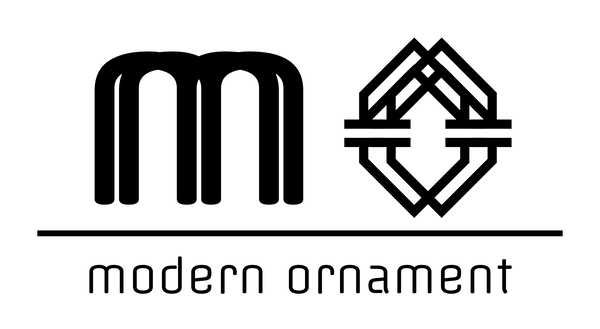
Through Light Years We've Come
Wendy Gonzalez
In an age of instant gratification, sensory overloads and diminishing boundaries, looking back at where we started from feels like many light years away. We are constantly inundated by breaking news stories, trend updates and promises for what will be the next big sector to watch. Yet, as we consider how far we have come and how far we want to go, one thing is evident: there has always been room for evolution.
As a designer we like to be aware of evolutions in our industry’s technology, it’s kind of what helps drive us and makes us daydream about the where, the why and the how of a project’s design. In looking back to just a decade ago one thing is very clear–our market, its needs and directions have evolved. In 2006 it felt as though we looked from afar to where light-emitting diodes (LED’s) could lead us. The technology was there but the question was is it viable? At the time fluorescent technology, both compact and linear, were without question the choice for energy efficiency in commercial interior applications and high-intensity discharge (HID) lamps reigned supreme for exterior projects. Energy efficiency was quickly becoming a bigger driving factor in a fixture’s selection process as green design was rapidly making its way to the top of everyone’s design wish list. Yet as far as the technology has come, we are still left with items to be checked off our list, for as viable as the technology may have become we are now left with a new question: how can design capitalize on LED’s advantages, broaden its application, ensure integration and long-term compatibility with other technologies, guarantee an end-of-useful-lifecycle that is clear, not left up to speculation and secure a means for the use of a luminaire’s housing after its LED-board has worn out?

Evolution keeps us moving. It drives us. It makes its own demands. As we examine the present and look towards the future we see a rapidly-evolving trend: communication between products and their ability to multi-task. In 2006 we would ask a product to perform a specific function when given a specific task, yet the days of a single product performing a single function are over. Our spaces and environments are working harder than ever, outperforming set standards and stirring the ground as they infuse ingenuity with design. This creates a collaboration between product technologies that are integrated into a single product solution, providing multi-tasking abilities and better performance with a slew of sought-after benefits: energy-efficiency (less equipment=less wattage), sustainability (less equipment=less consumption and waste) and tailored design solutions (the ability for customization and enhancement in the present and future use of the product).
In turning back the page to a decade ago, we find that our corporate designs were often met with the challenge of designing for redundancy. Given the present ‘climate’ at the time, companies needed to have fully‐functioning spaces ready for immediate move‐ins should an emergency arise. Today we often find the shift to have gone towards designing for resiliency. As designers we have weathered many types of storms over the past decade and it becomes clearer everyday that environmentally‐friendly design cannot be just about recyclability and wattage consumption, environmentally‐friendly design must be able to withstand the environment’s changes and demands with resilience while meeting the needs of present and projected resolutions.

As technology evolves and as our space’s demands expand, we must remain loyal to the ideals of the project and to the aim of being part of creating positive contributions to our built environment──contributions that are not just improvements but enhancements to our residences, our workplaces, our public spaces, our communities and in turn our lives. As we look forward to the evolutions to come we will keep being fueled by the inspiration and determination that each project brings us and the new goals our clients make us achieve. As Robert Venturi once wrote:
“I welcome the problems and exploit the uncertainties.” [1]
[1] (Venturi) “Complexity and Contradiction in Architecture” The Museum of Modern Art, NY, 1966, P. 22
